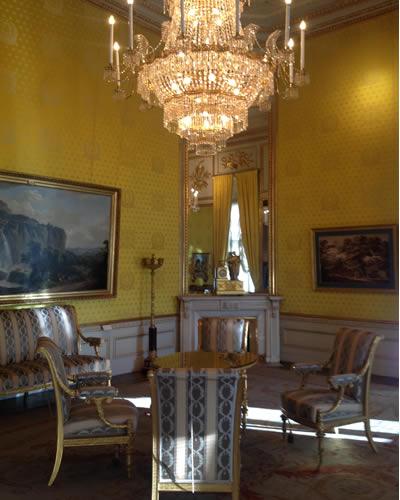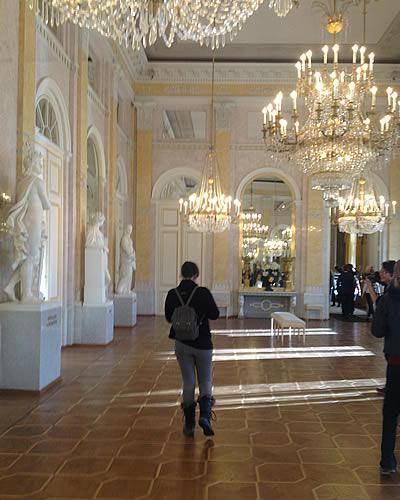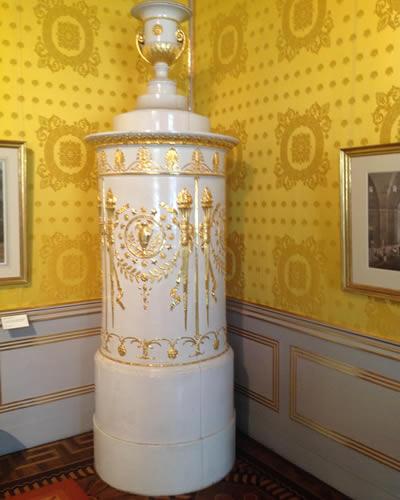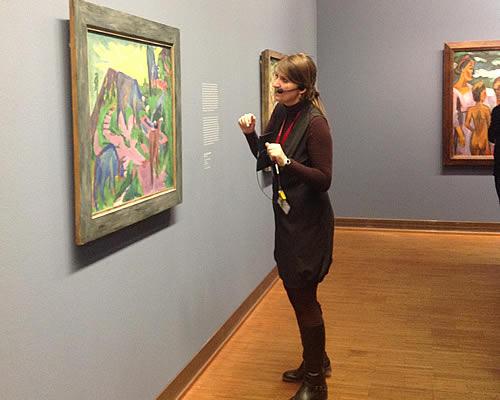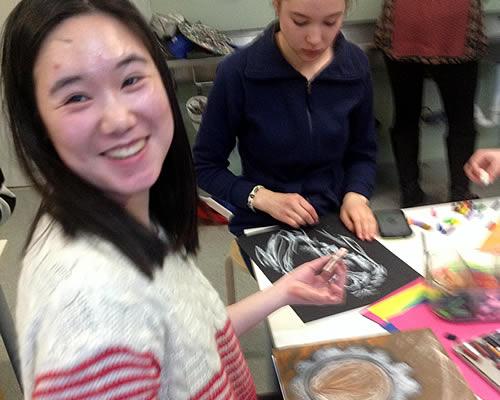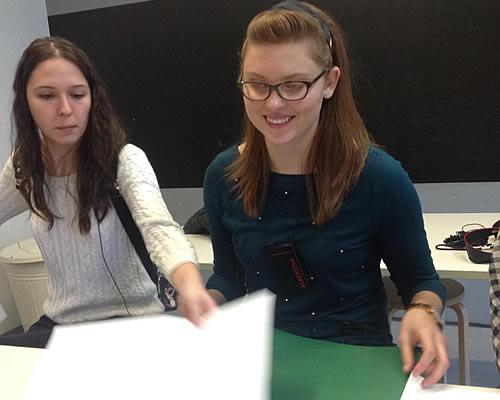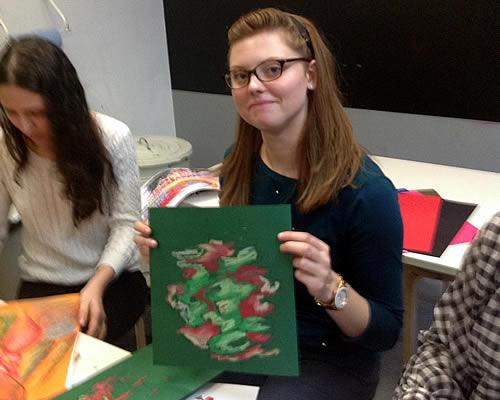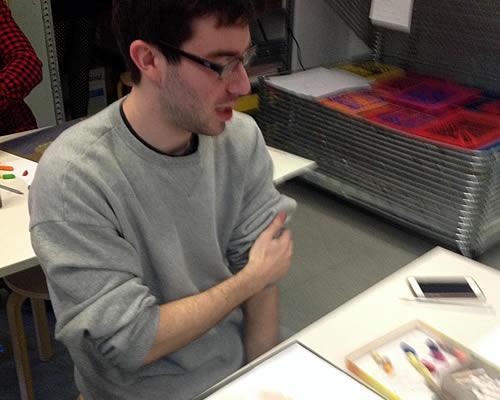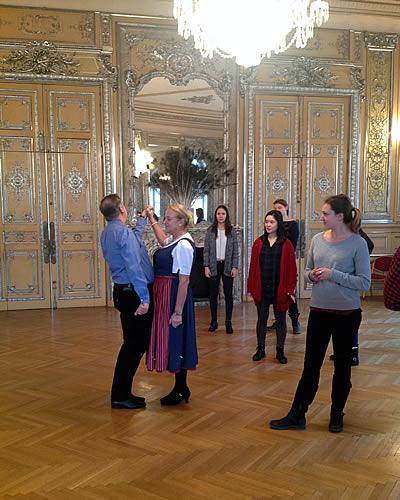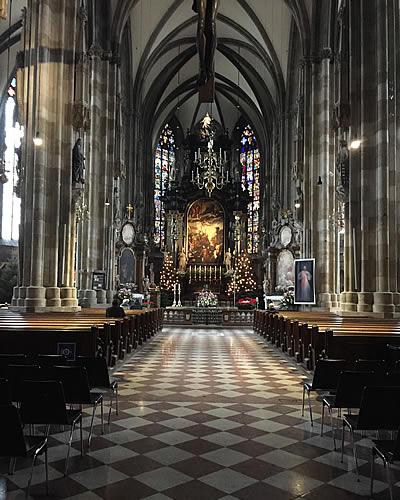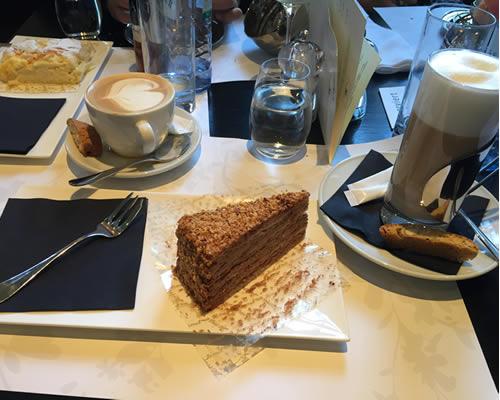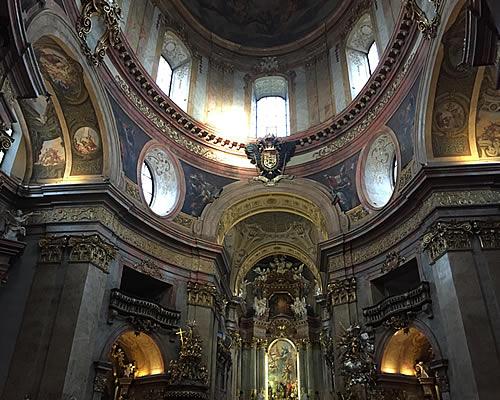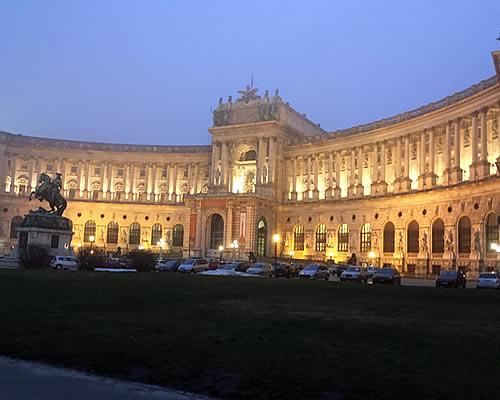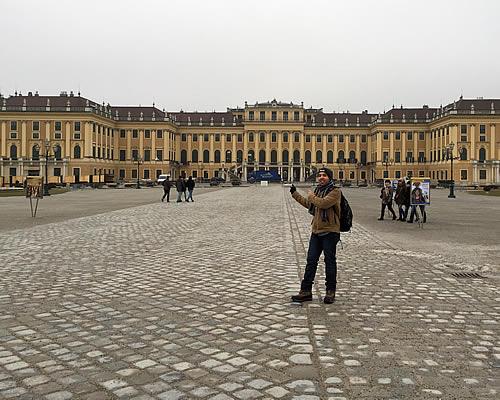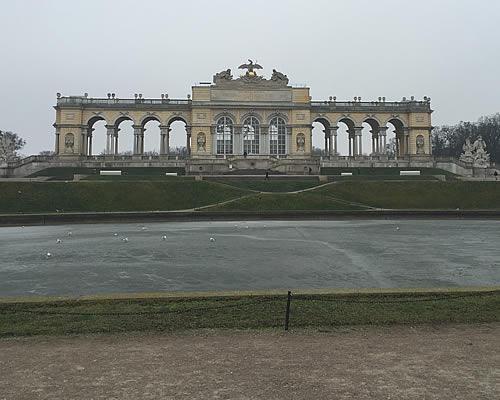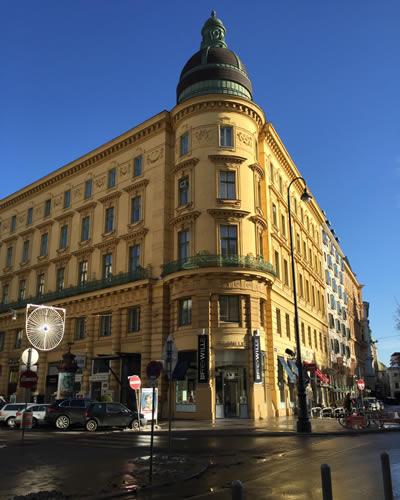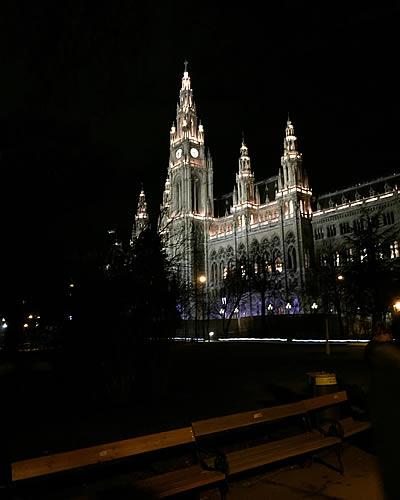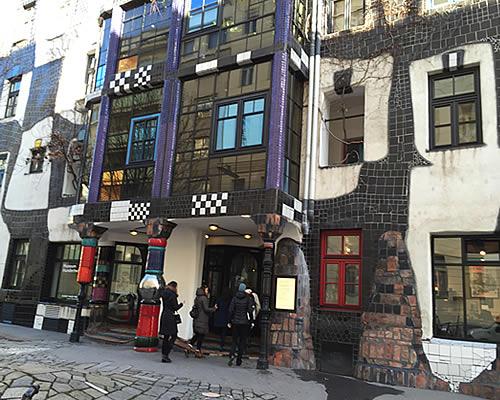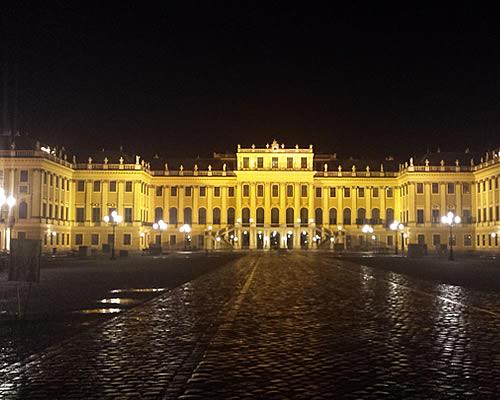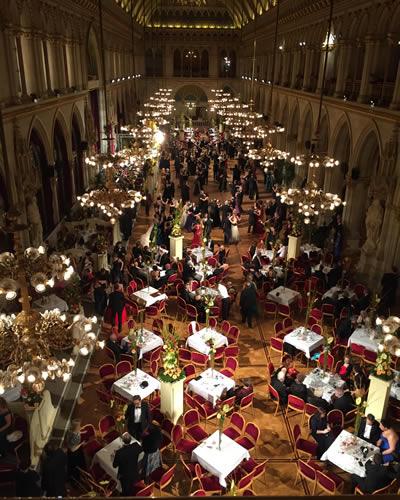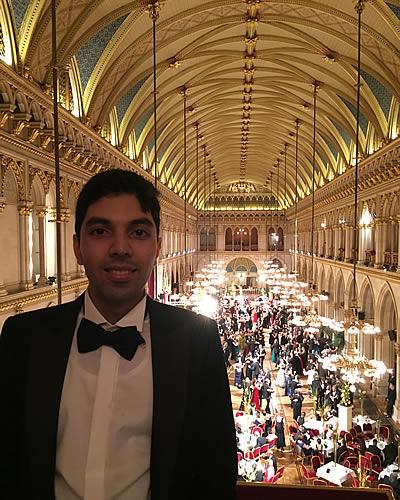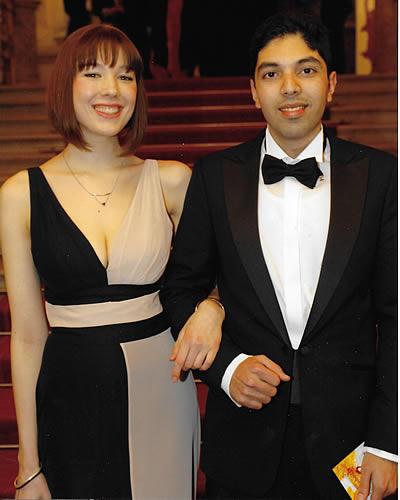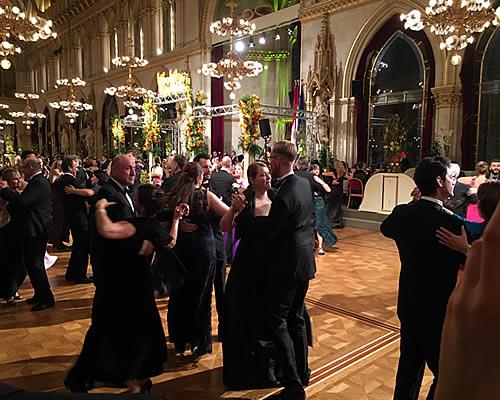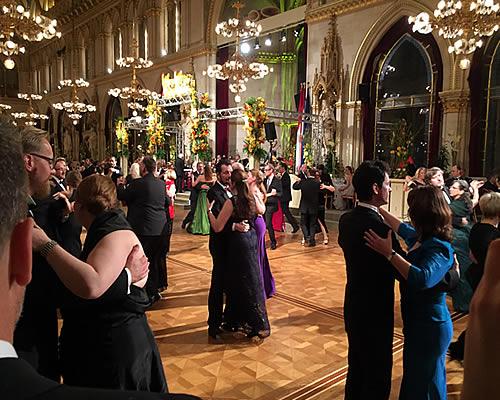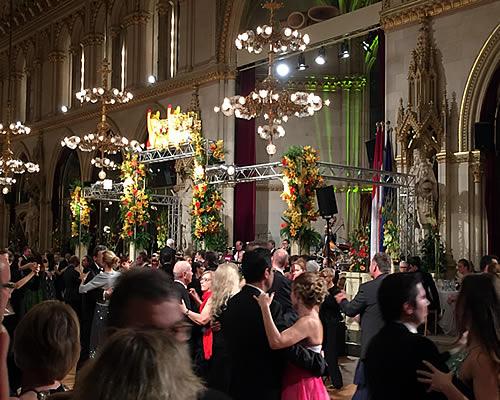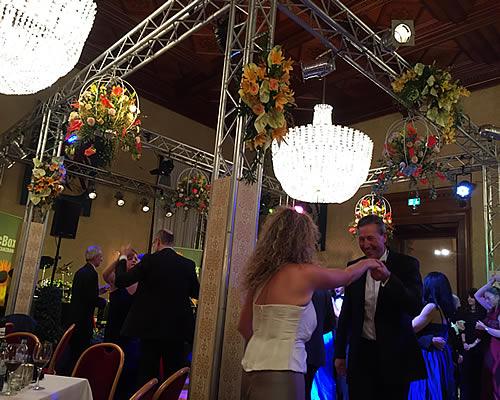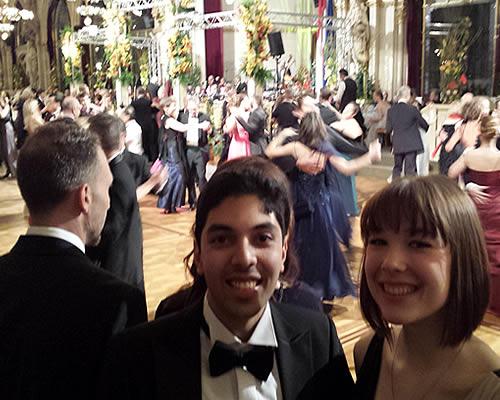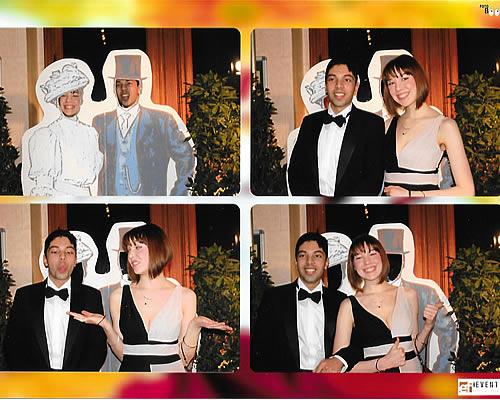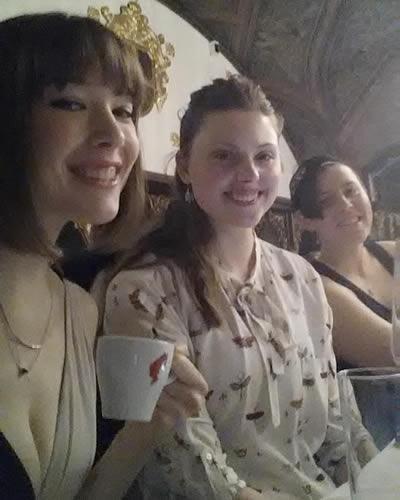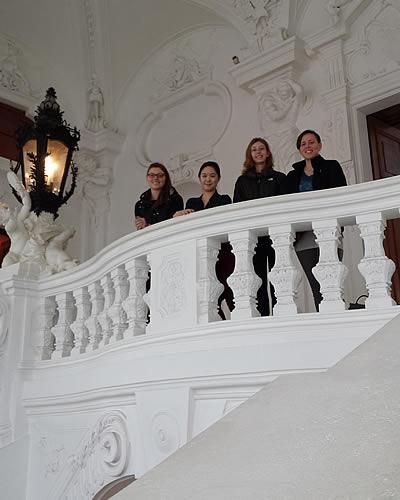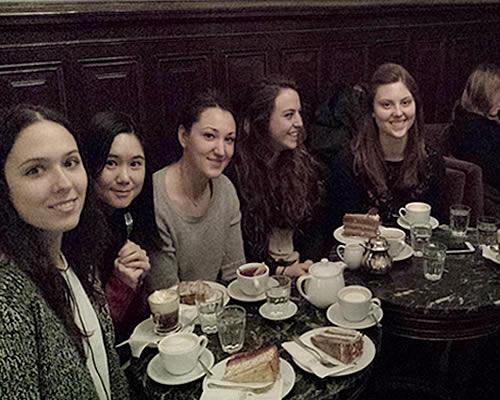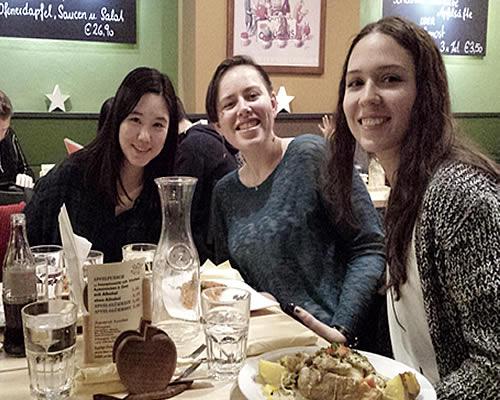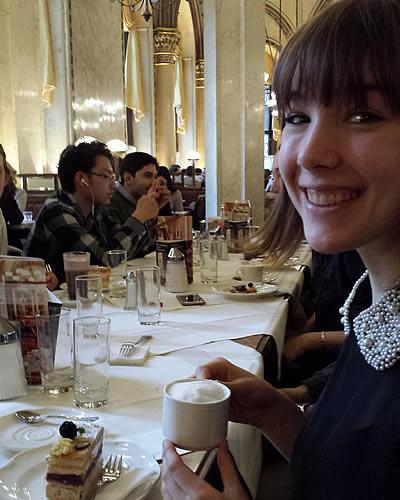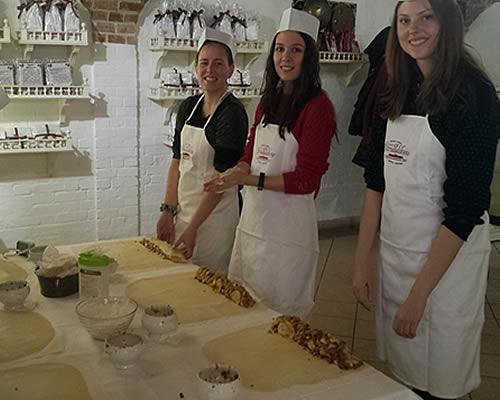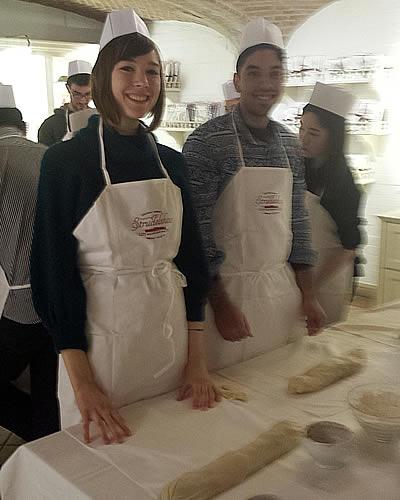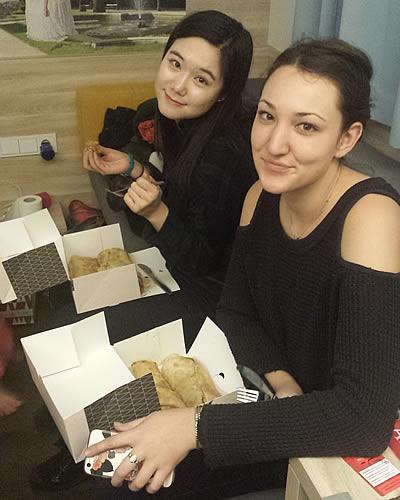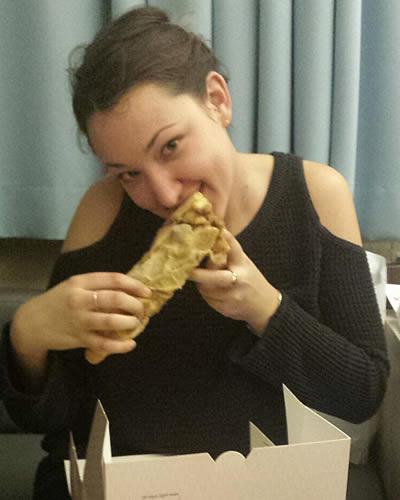TX 201B: The Viennese Waltz, Coffeehouse, and Dreams: Culture and History in Vienna, Austria
Email: mobrien@skidmore.edu
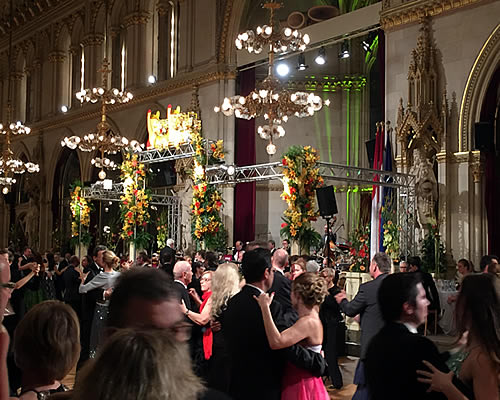 "Waltz, Coffeehouses, Dreams: Culture and History in Vienna, Austria” is a two-course
learning experience combining meetings and readings on campus during the fall semester
and a field trip with meetings and lectures in Austria during January break. TX201B
is the classroom segment of the experience. Students do not have to register for TX202
in order to take this course. TX 201B and TX 202 taken together as a 3-credit experience
can count toward the German major and minor and the Cultural World requirement of
the IA major and minor.
"Waltz, Coffeehouses, Dreams: Culture and History in Vienna, Austria” is a two-course
learning experience combining meetings and readings on campus during the fall semester
and a field trip with meetings and lectures in Austria during January break. TX201B
is the classroom segment of the experience. Students do not have to register for TX202
in order to take this course. TX 201B and TX 202 taken together as a 3-credit experience
can count toward the German major and minor and the Cultural World requirement of
the IA major and minor.
Course Topic: Situated on the Danube River plain near the Vienna Woods and the Carpathian foothills, Vienna is Austria’s capital and home to 1.6 million inhabitants. Originally a Celtic settlement and then a Roman military and commercial center, Vienna became the capital of the Habsburg Empire and a European center of power for centuries. Although Austria has been an independent republic since 1955, it still celebrates its imperial grandeur in historic buildings, the Sissi-cult surrounding Princess Elisabeth, the world-famous Vienna boys’ choir, and the dancing white Lipizzaner horses. Vienna enjoys an unparalleled musical heritage: classical composers Schubert, Strauss, Schönberg, and Berg were native sons; while Haydn, Mozart, Beethoven, Brahms, and Mahler chose to live and work here. The city is not only the birthplace of the waltz, coffeehouses, Mozartkugeln, and Sachertortebut, but also modern psychoanalysis and fin de siècle art and architecture with proponents such as O. Wagner, Klimt, Kokoschka, and Schiele. Vienna boasts world-class art museums and a fascinating history, but it is also a vibrant, forward-looking city that enjoys a creative art scene and hosts many important international institutions including offices of the United Nations, OPEC, and the International Atomic Energy Agency.
Course Expectations
The course aims to familiarize students with some of the key themes in central European history and culture through an intensive and interactive case study of the city of Vienna.
Learning Outcomes
Knowledge and Understanding
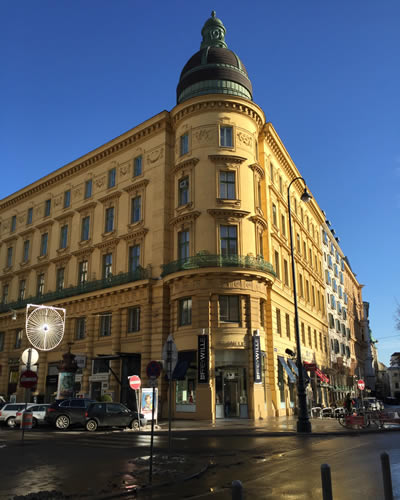
To provide students with a basic understanding and general knowledge about the history and culture of Austria. Themes include the history of the Habsburg Empire; enlightened despotism; Vienna’s role in the development of European classical music with special attention to the works of Mozart and Strauss; fin de siècle art, architecture, literature, and psychoanalysis; Austrian participation in world wars and National Socialism; the development of Austria in the Second Republic as a neutral country, European Union member, and host to international organizations (UN, OPEC, IAEA).
Critical Skills
-
To develop critical and comparative reading skills by introducing students to both primary and secondary sources.
-
To enhance ability of students to read and think critically about scholarly writing by examining a variety of texts from different theoretical and interpretative perspectives.
-
To develop better oral and written communication skills as they pertain to the study of the history and culture in Austria.
-
To foster an awareness of the importance of debate in scholarly writing and knowledge.
Course Grades will be based on:
-
Blank maps of Vienna, Austria, and Europe (10%)
-
Participation and attendance at class meetings (20%)
-
Homework assignments (20%)
-
A group presentation (20%)
-
Final exam (30%)
Required Texts and Art and Musical Works:
- Artworks by Gustav Klimt, Egon Schiele, Oskar Kokoska, Friedensreich Hundertwasser
- Bachmann, Ingeborg. “Eyes to Wonder.” Three Paths to the Lake. Trans. Mary Fran Gilbert. New
York: Holmes & Meier, 1997. pp. 75-94. ISBN: 0841910715
- Schorske, Carl E. Fin-de-Siecle Vienna: Politics and Culture. New York: Vintage, 1980. ISBN:
0394744780
- Freud, Sigmund. On Dreams. Intro. Peter Gay. New York: W. W. Norton, 1990. ISBN: 039300144X
- Mozart, Wolfgang Amadeus. The Magic Flute. 1791. (Die Zauberflöte)
- Schnitzler, Arthur. Night Games: And Other Stories. Trans. Margret Schaefer. Chicago:
Ivan R. Dee, 2003. ISBN 1566635063
- Strauss, Johann. The Blue Danube. 1867. (An der schönen blauen Donau)
- Trakl, Georg. Selected Poems
Required Viewing:
- Mozart’s The Magic Flute will be shown on two evenings. Students are required to attend one screening.
Selected Readings from:
- Beller, Steven. A Concise History of Austria. Cambridge: Cambridge University Press,
2007
- Girard, René. “Anorexia.” The Body Aesthetic: From Fine Art to Body Modification. Ed. Tobin Anthony Siebers. Ann Arbor: U of Michigan P, 2000. [on Sissi]
- Grafe, Christoph, Franziska Bollerey, and Charlotte Van Wijk. Cafés and Bars: The
Architecture of Public Display. Routledge, 2007. ISBN 0415363284
- Hamann, Brigitte. Hitler's Vienna: A Dictator's apprenticeship. New York: Oxford University Press, 1999
- Hitler, Adolf. Mein Kampf. Educa Books, 2006. ISBN 817224164X
- Kluger, Ruth. Still Alive: A Holocaust Girlhood Remembered. The Feminist Press, 2003
- Lorenz, Helmut. “The Imperial Hofburg: The Theory and Practice of Architectural Representation
in Baroque Vienna,” State and Society in Early Modern Austria, ed. Charles W. Ingrao
(West Lafayette, Ind.: Purdue University Press, 1994)
- Till, Nicholas. Mozart and the Enlightenment: Truth, Virtue, and Beauty in Mozart’s
Operas. New York: W. W. Norton, 1995
- Wauchope, Mary. “Sissi revisited.” Margarete Lamb-Faffelberger, ed. Literature, Film,
and Culture Industry in Contemporary Austria. NY: Peter Lang, 2002. ISBN 978-0-8204-4904-3
- Yaraman, Sevin H. Revolving Embrace: The Waltz as Sex, Steps, and Sound. Pendragon Press, 2002. ISBN 1576470431
